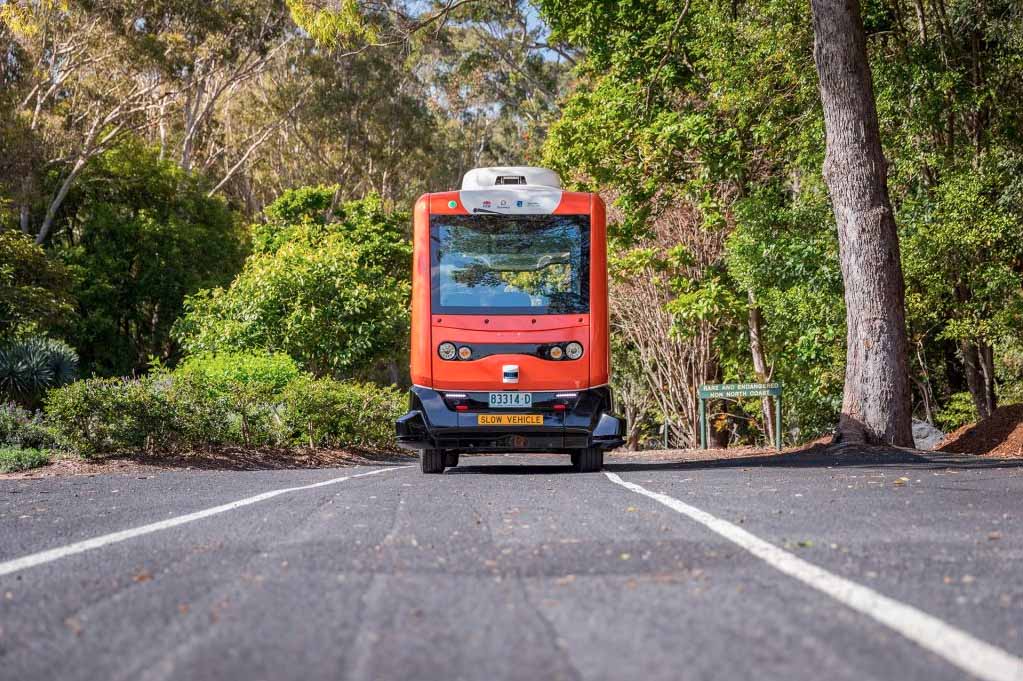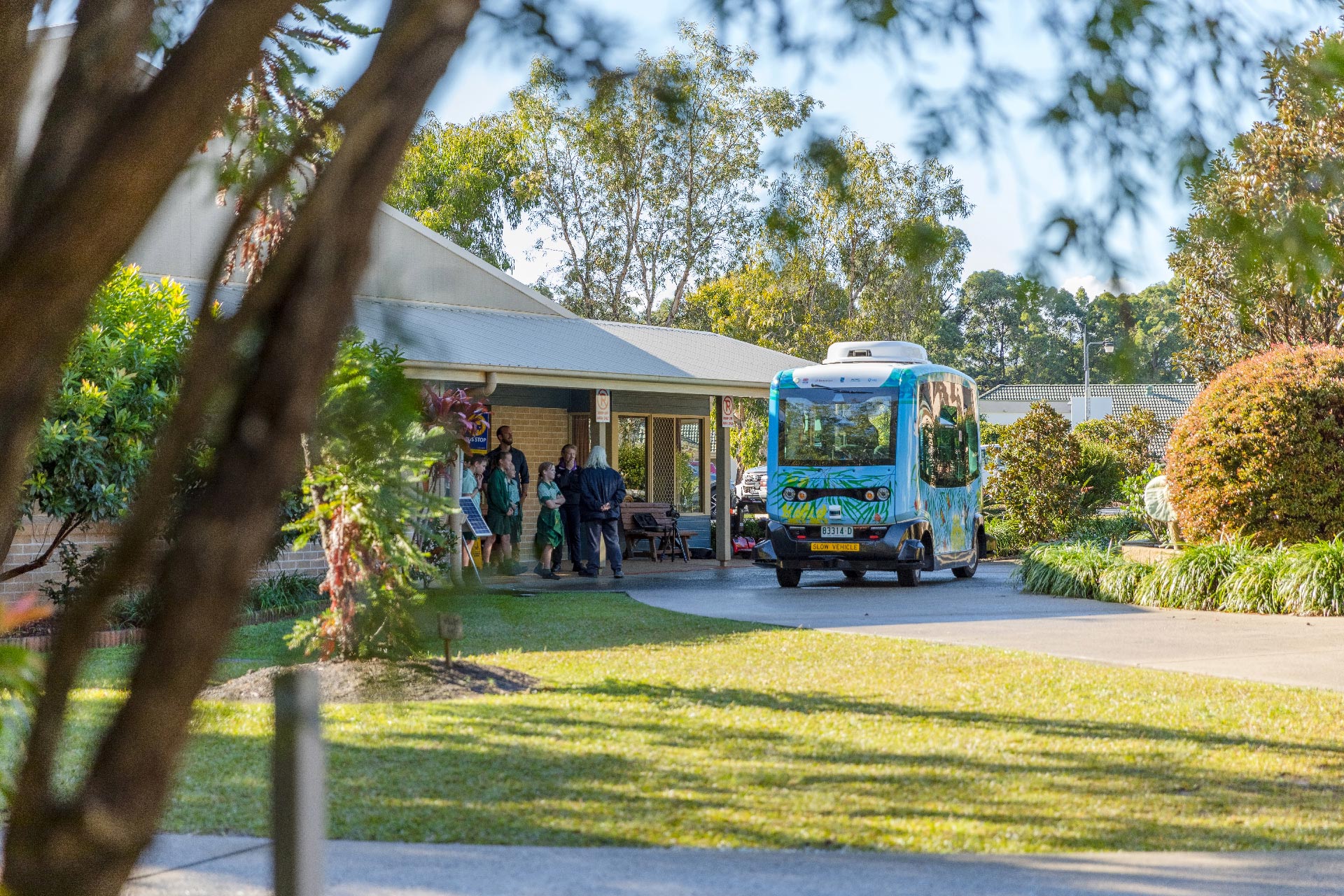World firsts and positive feedback
Moving to a fully autonomous, remotely monitored vehicle is a significant milestone. BusBot is the world’s first trial of a driverless automated shuttle bus.
The three-phase project is also the first occasion trials have been held in Australia for several other areas of autonomous innovation. For example, integrating new technology between vehicle and infrastructure; testing on-demand technology; and BusBot was the first ever trial of its kind showcasing driverless shuttles in a retirement village.
Feedback for the project has been very positive. The service has been praised for providing a more sustainable form of transport, as well as helping to promote independence for communities. Each individual phase has had strict safety milestones which had to be met before the trial could progress to the next stage.
The BusBot project marks several Australian, industry and world firsts.



